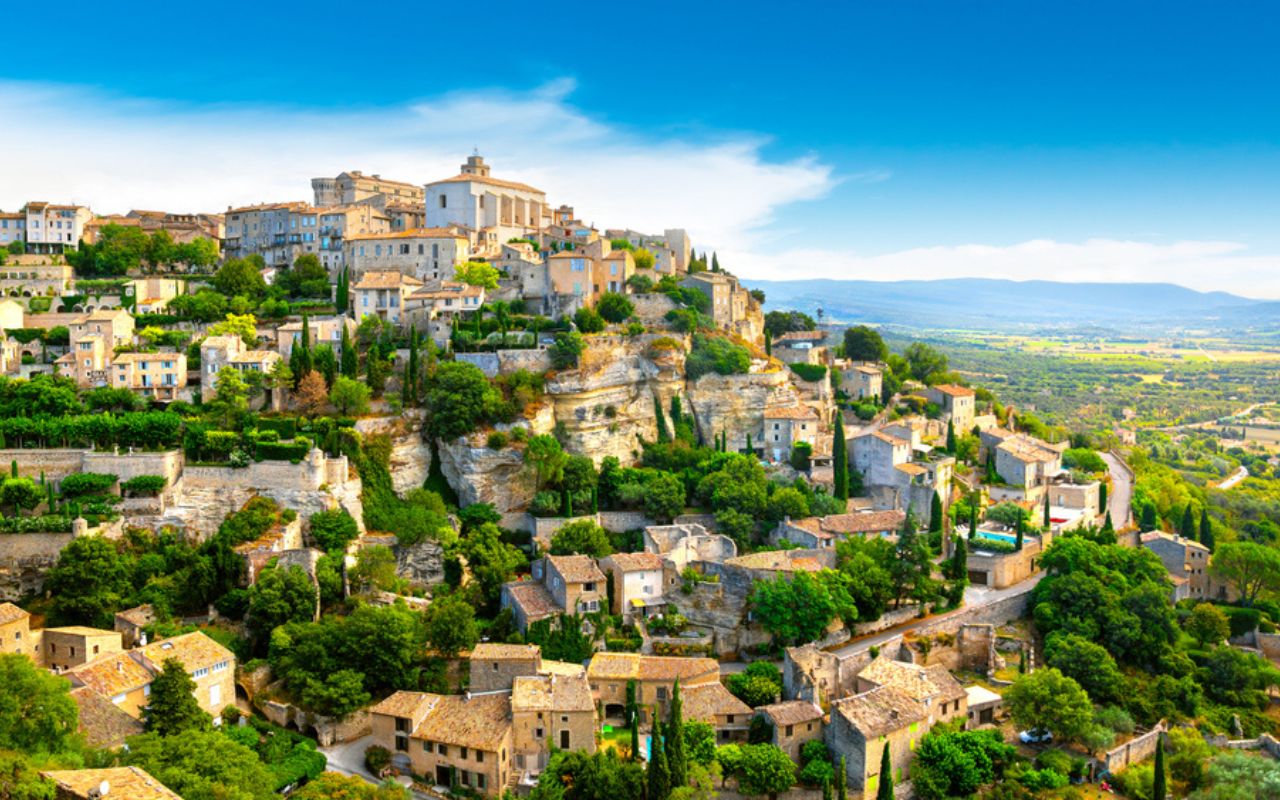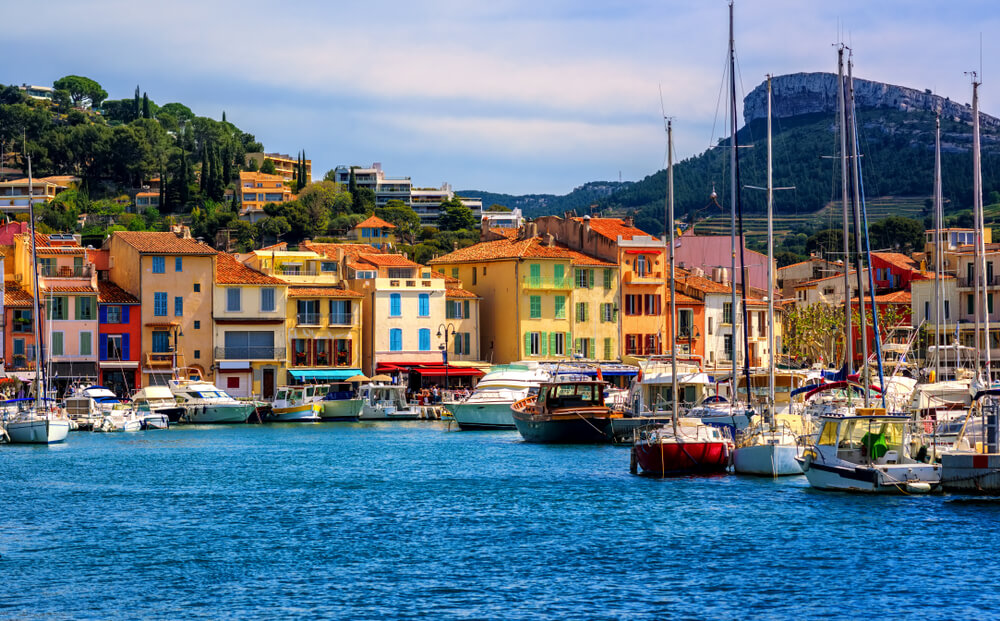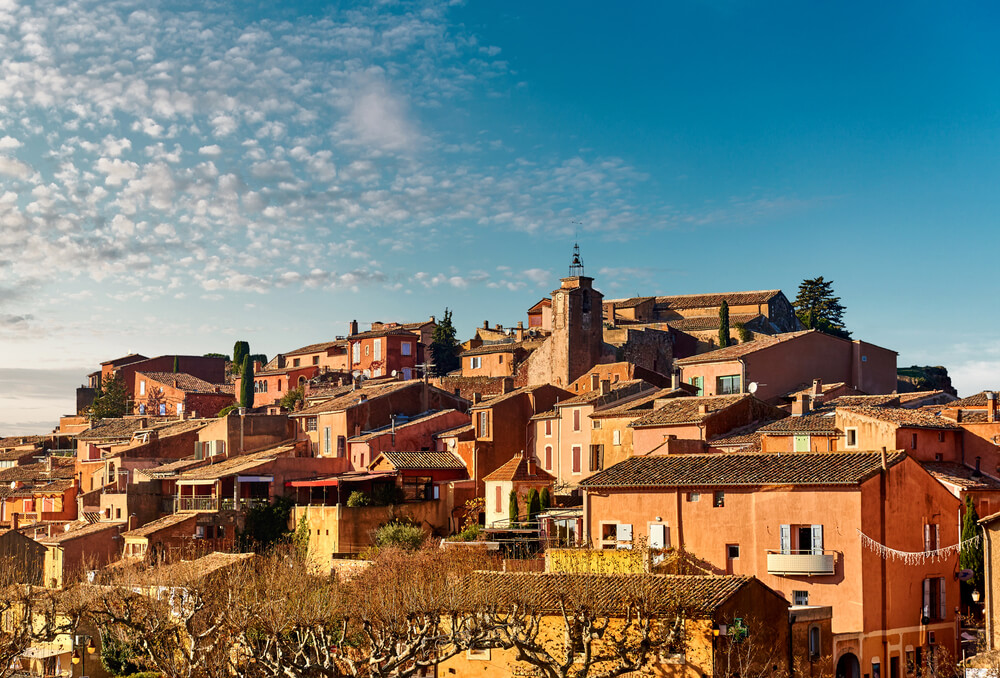What are the most beautiful villages to discover around Marseille?

Marseille is a city that attracts many visitors, who come to admire its architecture, lifestyle, gastronomy and wines. But Marseille is also a city that offers plenty of opportunities to get away from it all, to discover the surrounding area and visit villages that have managed to preserve their authenticity and heritage. Whether you’re looking for nature, history, culture or local produce, you’ll find what you’re looking for in these 5 villages, which are among the most beautiful in the Gironde.
1. Cassis, the pearl of the Mediterranean
Cassis is a village located 30 km east of Marseille, on the Mediterranean coast. It is famous for its picturesque fishing port, sandy beaches, creeks and vineyards. The village also boasts a rich historical heritage, with a 14th-century castle, a 17th-century Baroque church and a municipal museum with collections of archaeology, painting and folklore. The village also boasts breathtaking views of Cap Canaille, the highest sea cliff in Europe. Here you can enjoy water sports such as sailing, kayaking and diving, or sample local specialities such as bouillabaisse, pieds et paquets and Cassis wine.
2. Les Baux-de-Provence, the citadel village
Les Baux-de-Provence is a village 80 km north of Marseille, in the Alpilles mountains. It is listed as one of the most beautiful villages in France, and is one of the “Grands Sites d’Occitanie”. The village is famous for its citadel, built in the 11th century and dominating the landscape. The citadel houses the remains of the castle of the lords of Les Baux, Romanesque chapels, towers and ramparts. The village also boasts a rich cultural heritage, with the Yves Brayer museum, which exhibits works by the Provençal painter, the santon museum, which displays traditional figurines, and the carrières de lumières (light quarries), which offer multimedia shows in old stone quarries. The village is also surrounded by nature, with olive groves, vineyards and rocky outcrops.
3. Lourmarin, an authentic and picturesque village
Lourmarin is a village 60 km north-east of Marseille, in the Luberon regional nature park. It is listed as one of the most beautiful villages in France, and is one of the “Plus Beaux Détours de France”. The village is famous for its 15th-century château, which houses a museum, library and temporary exhibitions. The village also has an authentic, picturesque charm, with its stone houses, flower-filled lanes, fountains and churches. The village is also a place of culture, home to writers such as Albert Camus, Henri Bosco and Peter Mayle. You can visit Camus’ grave, the Protestant cemetery and Bosco’s house.
4. Roussillon, a village coloured with natural pigments
Roussillon is a village 90 km north-east of Marseille, in the Luberon regional nature park. It is listed as one of the most beautiful villages in France, and is one of the “Villages de caractère du Vaucluse”. The village is famous for its ochre, a natural pigment that colours the rock, the houses and the landscape. The village also boasts a rich historical heritage, with its 18th-century church, 19th-century belfry and 17th-century château. The village also has a cultural heritage, with the conservatoire des ocres et des couleurs (ochre and colour conservatory), which presents the history and techniques of ochre, and the sentier des ocres (ochre trail), which takes in the colourful landscapes of the village.
5. Gordes, the village suspended between heaven and earth
Gordes is a village located 100 km north-east of Marseille, in the Luberon regional nature park. It is listed as one of the most beautiful villages in France, and is one of the “Most Beautiful Detours in France”. The village is famous for its suspended appearance, with its stone houses rising from a rocky spur. The village also boasts a historic heritage, with its 16th-century château, which houses a museum of contemporary art, its 12th-century church, and its village of bories, a group of dry-stone huts. The village also has a natural heritage, with the Sénanque abbey, surrounded by lavender fields, and the plague wall, built in the 18th century to limit the spread of the disease.
200 audioguided tours for cities all around the world
Download


